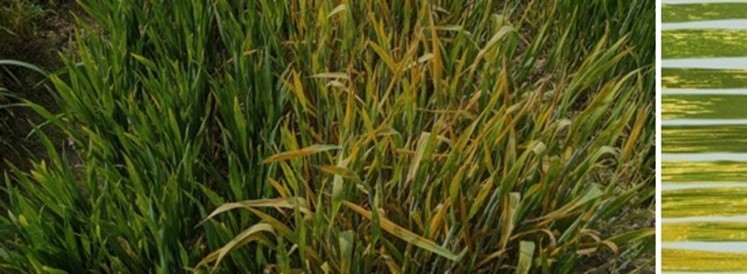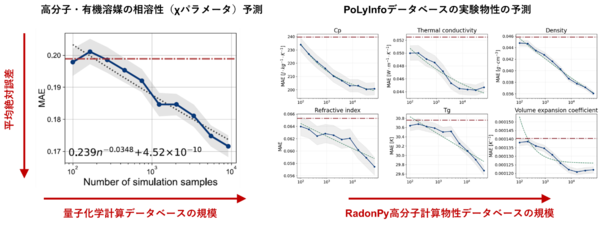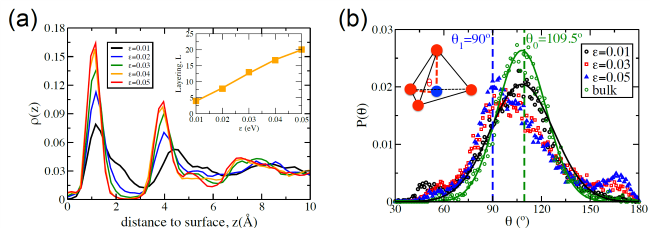2025-06-05 横浜市立大学木原生物学研究所

図1 コムギ黄さび病の症状。左の写真(Katharina Jung提供):感染程度の低い系統(左)と高い系統(右)の寄せ植え。右の写真(岸井正浩提供):感染程度の異なる葉の例。下方の葉ほど感染程度が高い。
<関連情報>
- https://www.yokohama-cu.ac.jp/res-portal/news/20250605shimizu.html
- https://www.yokohama-cu.ac.jp/res-portal/news/gjok7g00000018bm-att/20250605shimizu.pdf
- https://link.springer.com/article/10.1007/s00122-025-04886-z
ヒマラヤ近郊地域における黄さび病抵抗性の解明:ネステッド関連マッピング研究からの知見 Unveiling yellow rust resistance in the near-Himalayan region: insights from a nested association mapping study
Katharina Jung,Reiko Akiyama,Jilu Nie,Miyuki Nitta,Naoto-Benjamin Hamaya,Naeela Qureshi,Sridhar Bhavani,Thomas Wicker,Beat Keller,Masahiro Kishii,Shuhei Nasuda & Kentaro K. Shimizu
Theoretical and Applied Genetics Published:05 June 2025
DOI:https://doi.org/10.1007/s00122-025-04886-z
Abstract
Key message
This study identified two potentially novel yellow rust resistance loci in traditional Asian wheat varieties and gives insights into the distribution of resistances in high disease-pressure regions near the Himalayas.
Abstract
The global spread of yellow rust has posed a significant threat to wheat production, making the identification of novel resistance-conferring genetic loci crucial. The near-Himalayan region has been proposed as the pathogen’s origin and is characterized by strong and diverse disease pressure. Even though this makes wheat varieties from this region likely to harbor resistance, Asian germplasm has been highly underrepresented in modern breeding. To explore this potential, we screened an Asian nested association mapping (NAM) population comprising traditional and modern wheat varieties under artificial epidemics in multiple field trials. Combined quantitative trait locus (QTL) mapping revealed the two resistance genes Lr67/Yr46/Sr55 and Lr34/Yr18/Sr57, as well as two potentially novel yellow rust resistance loci. The resistant allele of the first one, located on chromosome 3D, is unique to a traditional variety from Nepal, while the second one, found on chromosome 5B, is present in several NAM families. The broad geographic distribution of this QTL across regions with high disease pressure suggests it may serve as a durable source of resistance. Strong observed resistances were conferred by a combination of several resistance loci, suggesting the stacking of resistances as a successful strategy in yellow rust hotspot areas.



